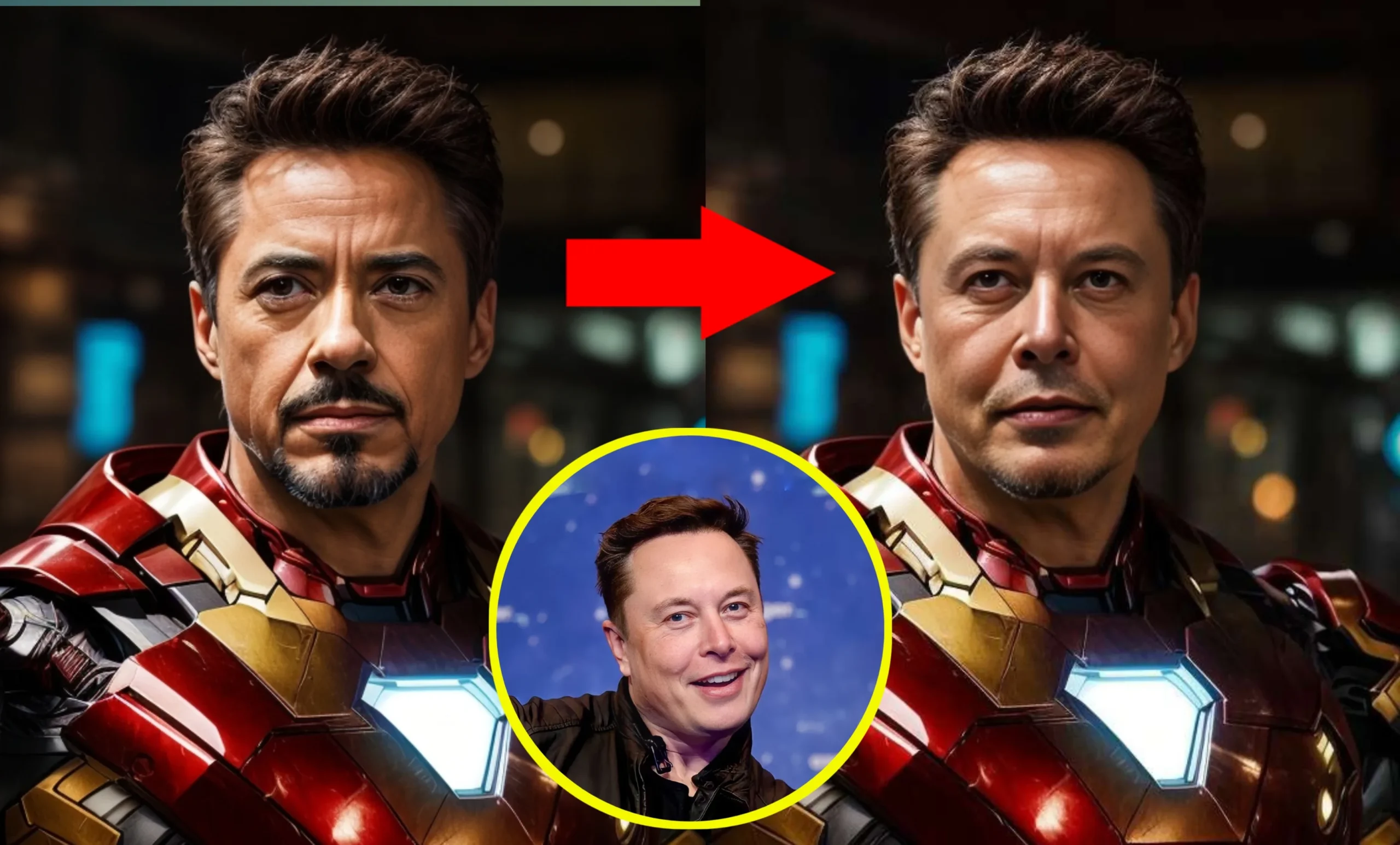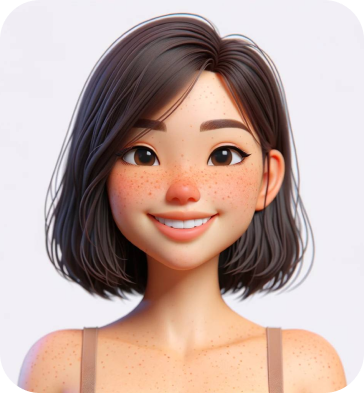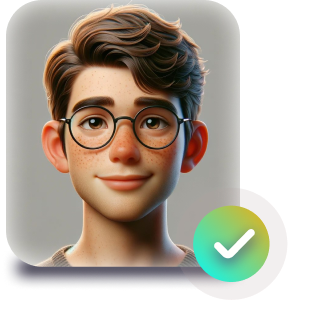Deepfake technology has revolutionized the world of digital media, allowing users to seamlessly swap faces in videos and images using advanced artificial intelligence (AI) algorithms. At its core, Deepfake is a tool that leverages deep learning techniques, particularly through neural networks, to create highly realistic video content. By training on massive datasets of images and video clips, a deep learning model can learn how to realistically map one person's face onto another in a way that mimics real expressions, lighting, and movements.
One of the most popular applications of this technology is face swap, where a person's face in a video or image is replaced with another person's. This technique, also known as faceswap, has been widely used in social media and entertainment. With face swap technology, users can create humorous or artistic content by placing their own face, or someone else's, onto movie scenes, famous images, or any other kind of video footage. The realism provided by AI-powered deepfake and face swap tools allows for incredibly accurate and convincing transformations, making it nearly impossible to tell the difference between the original and modified content.
Aside from entertainment, face swapping has also found applications in more serious fields, such as in visual effects for films, in marketing, and in generating personalized content for advertising. The ability to create dynamic and engaging videos without the need for elaborate setups or multiple actors opens up new creative avenues. AI face changers have proven themselves valuable in making high-quality content accessible to a broader audience, including small creators who want to achieve professional-level results.
Additionally, faceswap is becoming more user-friendly, with various apps and tools now available that allow anyone to create professional-grade deepfake content with just a few clicks. What once required powerful computing systems and deep expertise in machine learning is now accessible to everyday users, thanks to the development of simplified platforms.
As deepfake and face swap technologies continue to evolve, they will likely become even more integral to digital content creation, blurring the lines between what's real and what's artificially generated. This advancement holds the promise of unlocking endless creative possibilities, where content creators can push the boundaries of storytelling and visual effects.



















